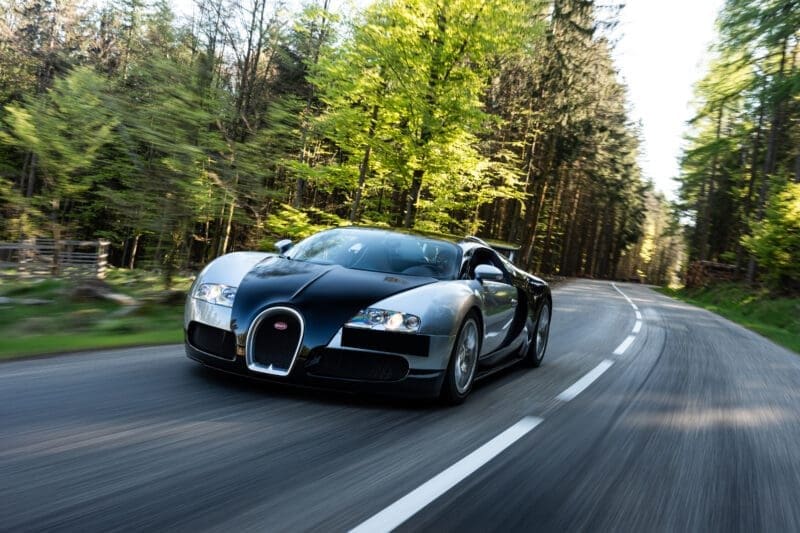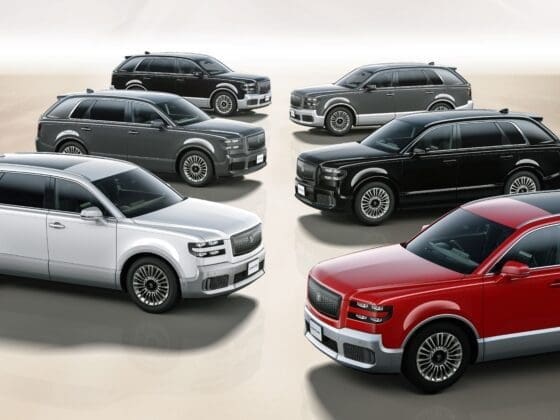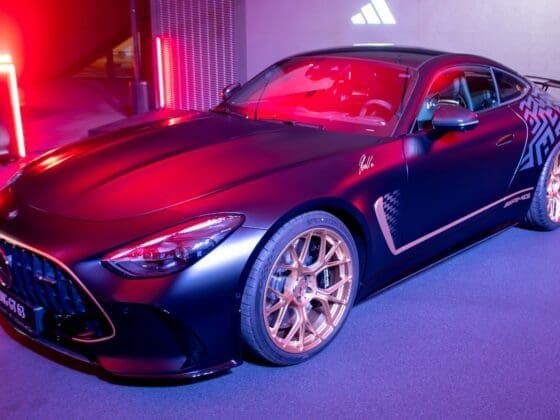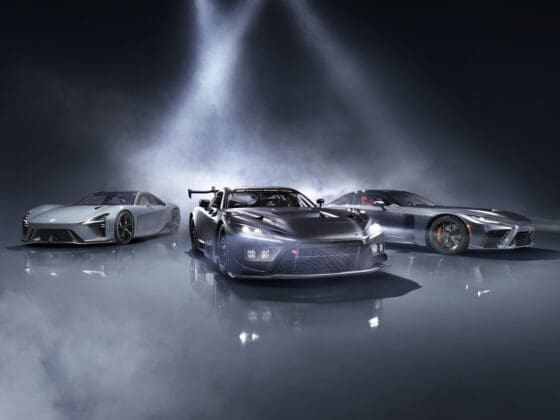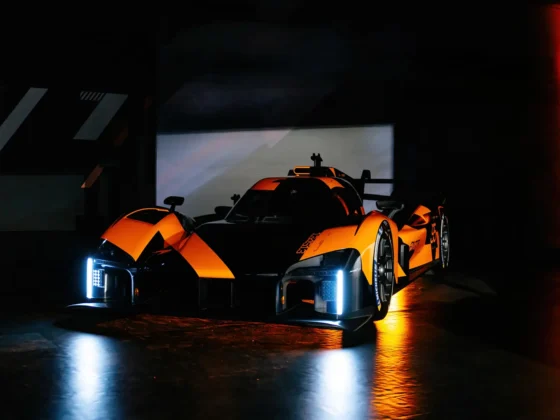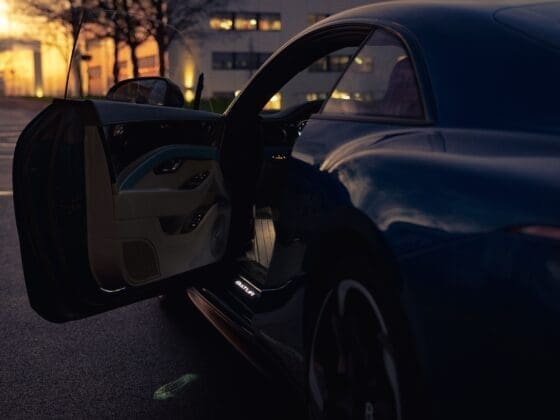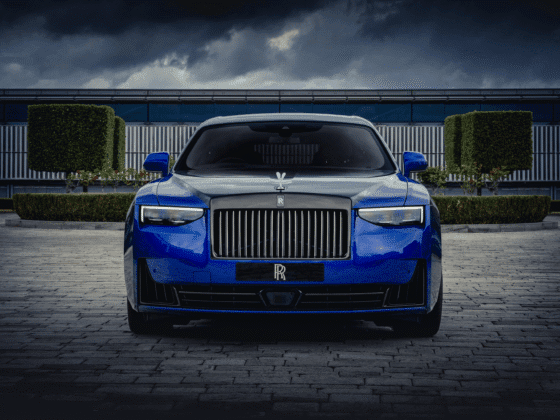Two decades ago, the automotive world witnessed a revolution that redefined performance, design, and ambition. At the heart of this transformation was Bugatti’s Chassis 5.0, a prototype that bridged dream and reality—ushering in an entirely new class of automobile: the hypercar. Conceived under the visionary leadership of Prof. Dr. Ferdinand Karl Piëch, the Veyron project was an audacious attempt to combine the power of a race car with the refinement of a grand tourer. What began as a daring concept would evolve into one of the most celebrated feats in automotive engineering.
Chassis 5.0 embodied the final stage of this vision before the Veyron’s full production. When its bespoke tires first met the tarmac in early 2005, it marked a defining moment in modern motoring. The car’s architecture—anchored by ten radiators, a revolutionary seven-speed dual-clutch DSG gearbox, and the now-legendary 8.0-litre quad-turbocharged W16 engine—pushed the boundaries of what was possible in design and mechanics. Every component was meticulously developed through years of testing and thousands of kilometres of refinement.

For those who experienced it firsthand, Chassis 5.0 was not just a machine—it was a revelation. Christophe Piochon, now President of Bugatti Automobiles, recalls his first drive vividly: “The sound and power of the W16 were nothing short of elemental. In that moment, it became clear that a dream could indeed become reality.” His words capture the awe of a moment when engineering perfection met human aspiration.
The series of six pre-production vehicles, including Chassis 5.0, served as the foundation for testing, homologation, and technological breakthroughs that would define the Veyron’s production model. From optimizing brake temperatures with titanium plates to perfecting the aerodynamic balance, every test brought Bugatti closer to creating a roadworthy car that could exceed 400 km/h while maintaining unparalleled stability and comfort.

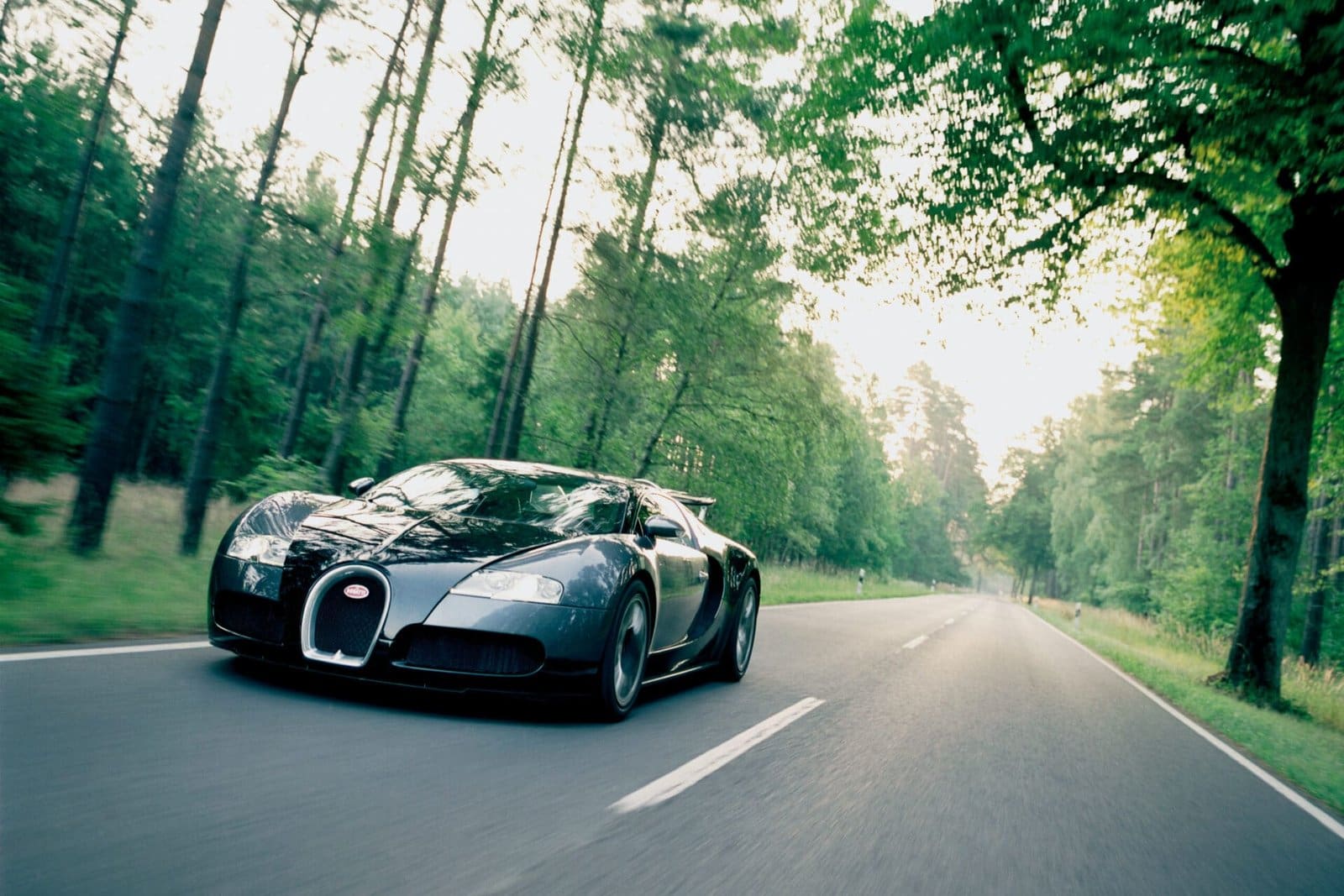
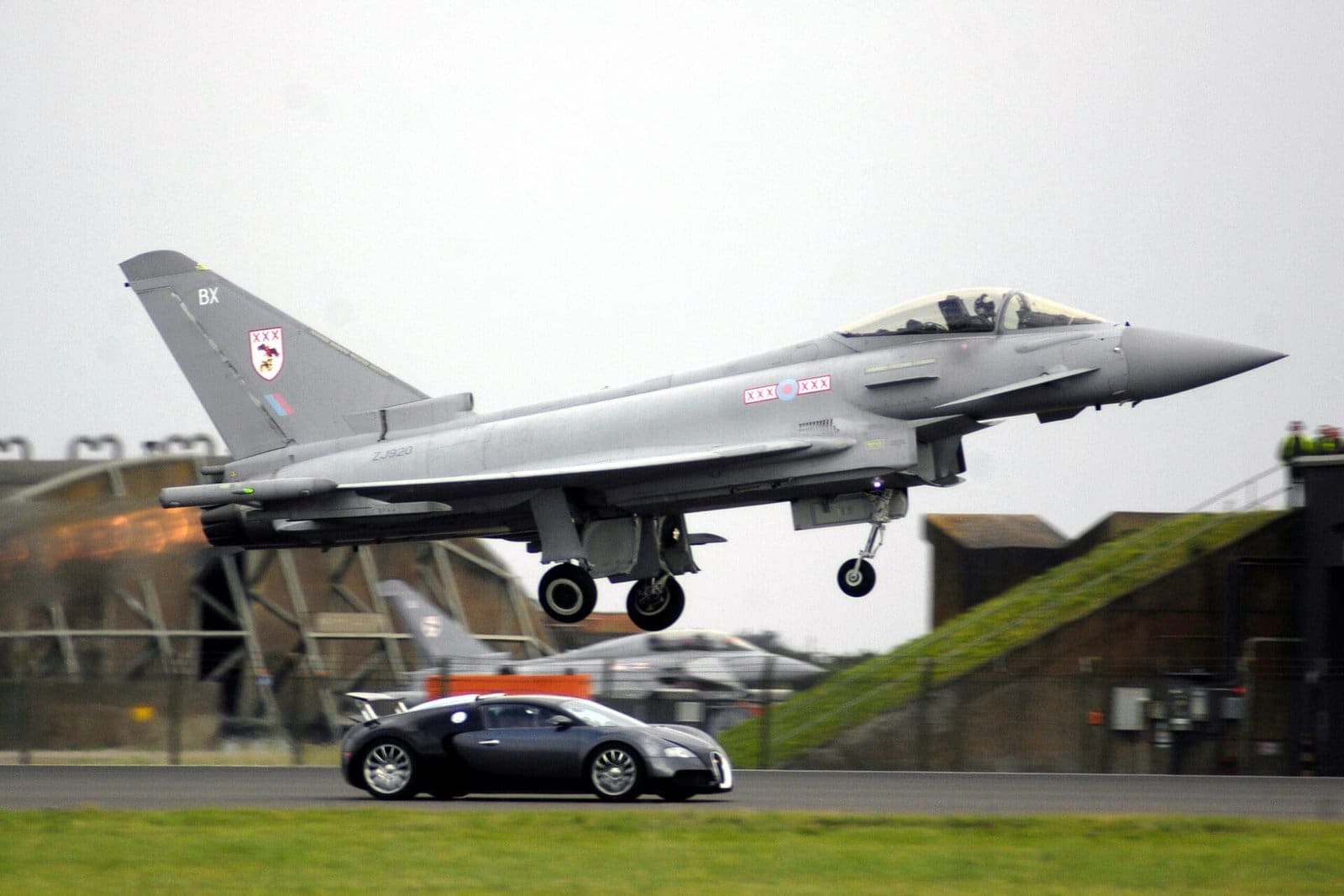
Beyond the technical realm, Chassis 5.0 also transformed how Bugatti approached craftsmanship. It became a benchmark for production processes—from validating tools to perfecting surface finishes in carbon fibre, aluminium, and paintwork. These standards not only shaped the Veyron but influenced every Bugatti model that followed, culminating in the Chironand beyond.
As Chassis 5.0 transitioned from an experimental prototype to a near-production masterpiece, it began a new journey as an ambassador for Bugatti’s engineering prowess. It made its debut at the Molsheim Atelier’s grand opening and soon embarked on global tours, captivating media and enthusiasts alike. From Sicily’s test drives to Top Gear’s iconic showcases, the car’s allure became the stuff of legend. Even racing veterans such as Pierre-Henri Raphanel were enchanted, joining Bugatti as its first Pilote Officiel to share the marvel with the world.

Over time, Chassis 5.0’s journey evolved. After a period with a private collector, it returned home to Molsheim, restored in a dramatic black and sterling metallic finish. Today, it stands as a living testament to Bugatti’s relentless pursuit of perfection—a tangible embodiment of heritage, passion, and performance that continues to inspire new generations of designers and engineers.

